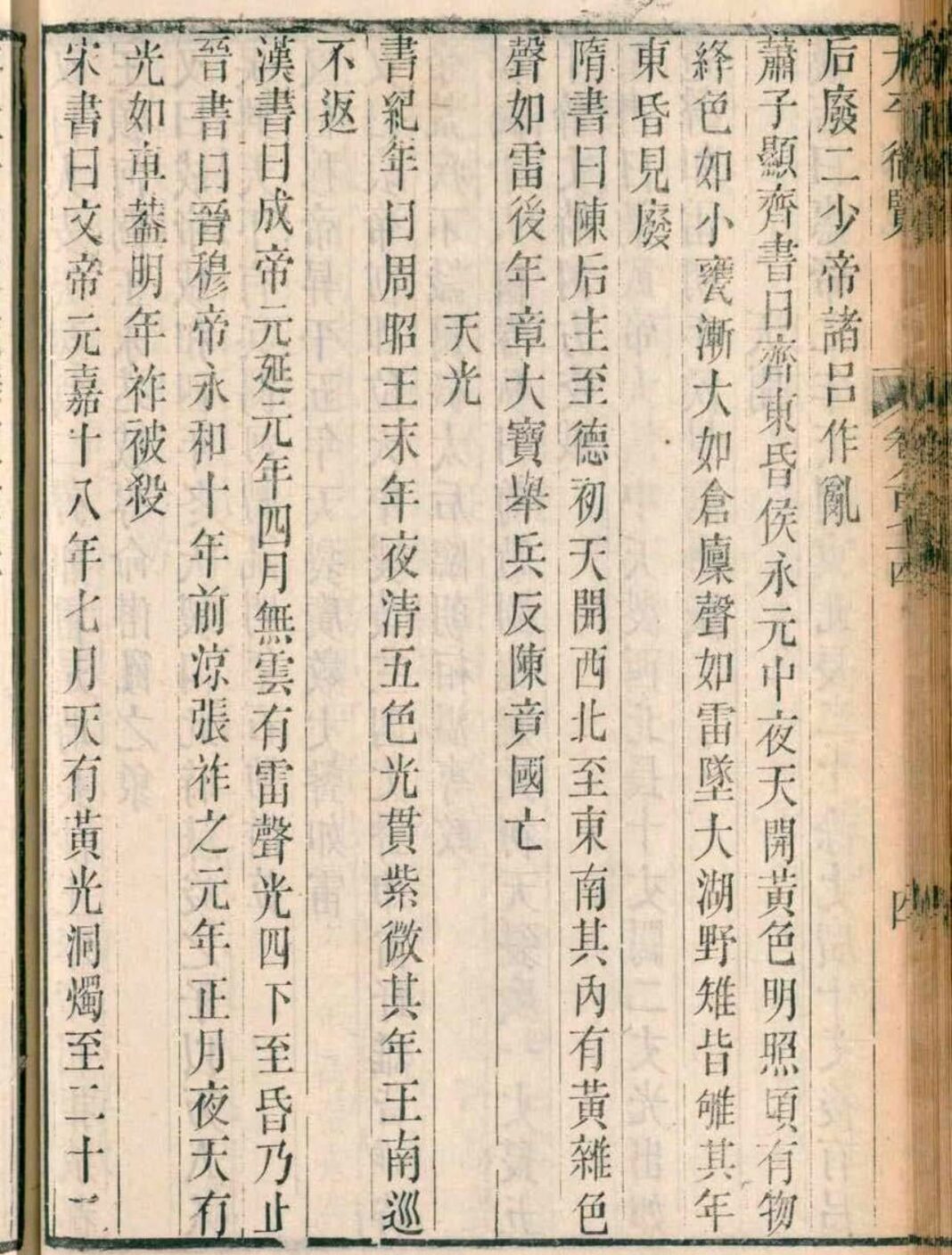Ancient Chinese writing mentions a celestial phenomenon, which turns out to be the oldest known evidence of potential aurora borealis, preceding the next oldest by about 300 years.
The celestial event mentioned in an ancient Chinese text is a recent study by Marinus Anthony van der Sluijs of the University of Pennsylvania Museum of Archeology and Anthropology and Hisashi Hayakawa of the University. This finding was recently published in the journal Advances in Space Research.
The bamboo annals, or Mandarin Joshua Jinien, describe the history of China from the earliest legendary time to the 4th century BC, when they were most likely written. In addition to historical events, unusual observations of the sky sometimes appear in the text. Although historians have known about this chronicle for a long time, a new look at such old documents can sometimes give surprisingly new insights. In this example, the authors consider a reference to a “five-colored light” observed in the northern sky at night near the end of Zhao’s reign in the Zhou Dynasty.
Although the exact year is uncertain, researchers have used current reconstructions of Chinese chronology to establish 977 and 957 BC as the two most likely years, depending on how Zhao’s rule is dated. They found that the recording of the “five-color light” was consistent with a large geomagnetic storm. When the glow of medium width is bright enough, it can present a multicolored spectacle. Researchers cite several examples of this from historical records much closer to our time. It is known that the Earth’s north magnetic pole was inclined to Eurasia in the middle of the 10th century BC. about 15 ° closer to central China than at present. Therefore, the auroral oval could be visible to observers in central China at times of significant magnetic disturbance.
This would be the earliest dated evidence of aurora borealis. The discovery comes just two years after the previous record was set on cuneiform tablets by Assyrian astronomers between 679 and 655 BC. Some scholars have also linked Ezekiel’s vision, now dated 594 or 593 BC, to aurora borealis in the Middle East, but it must be warned that its reliability is questionable. Otherwise, in the astronomical diary of the Babylonian king Nebuchadnezzar II, another dated record of a possible aurora borealis for 567 BC was found.
Why did it take so long for scientists to recognize the radiance in the five-color light of this chronicle? One of the reasons is that bamboo annals have a colorful history. The original manuscript was lost, rediscovered in the 3rd century AD. and lost again during the Song Dynasty. In the 16th century, a version of the text was printed in which the object in the sky was not a five-colored light, but a comet. Now a new study shows that this may not be the original recording.
It is amazing in itself that popular stories about the Northern Lights can be traced so far. However, such historical information is useful for other purposes as well. It helps scientists model long-term models of space variability and solar activity over decades to millennia. Understanding these variations can help humanity prepare for potential future large-scale solar flares and technological infrastructure disruptions that they may bring.
This record is now the only known historical reference to an event in space time before Homer’s Great (Sun) minimum (810-740 BC), which should actually be called the Neo-Assyrian Great Minimum due to the controversial historicity and dating of Homer. .
Reference: “A candidate auroral report in the Bamboo Annals, indicating a possible extreme space weather event in the early 10th century BCE” by Marinus Anthony van der Sluijs and Hisashi Hayakawa, 17 January 2022, Advances in Space Research.
DOI: 10.1016 / j.asr.2022.01.010
Source: A “Five-Colored Light” Seen in the Sky: Earliest Record of a Candidate Aurora Found in Chinese Annals
Nagoya University
Photo: Fragment of bamboo annals. Credit: National Diet Library of Japan.









